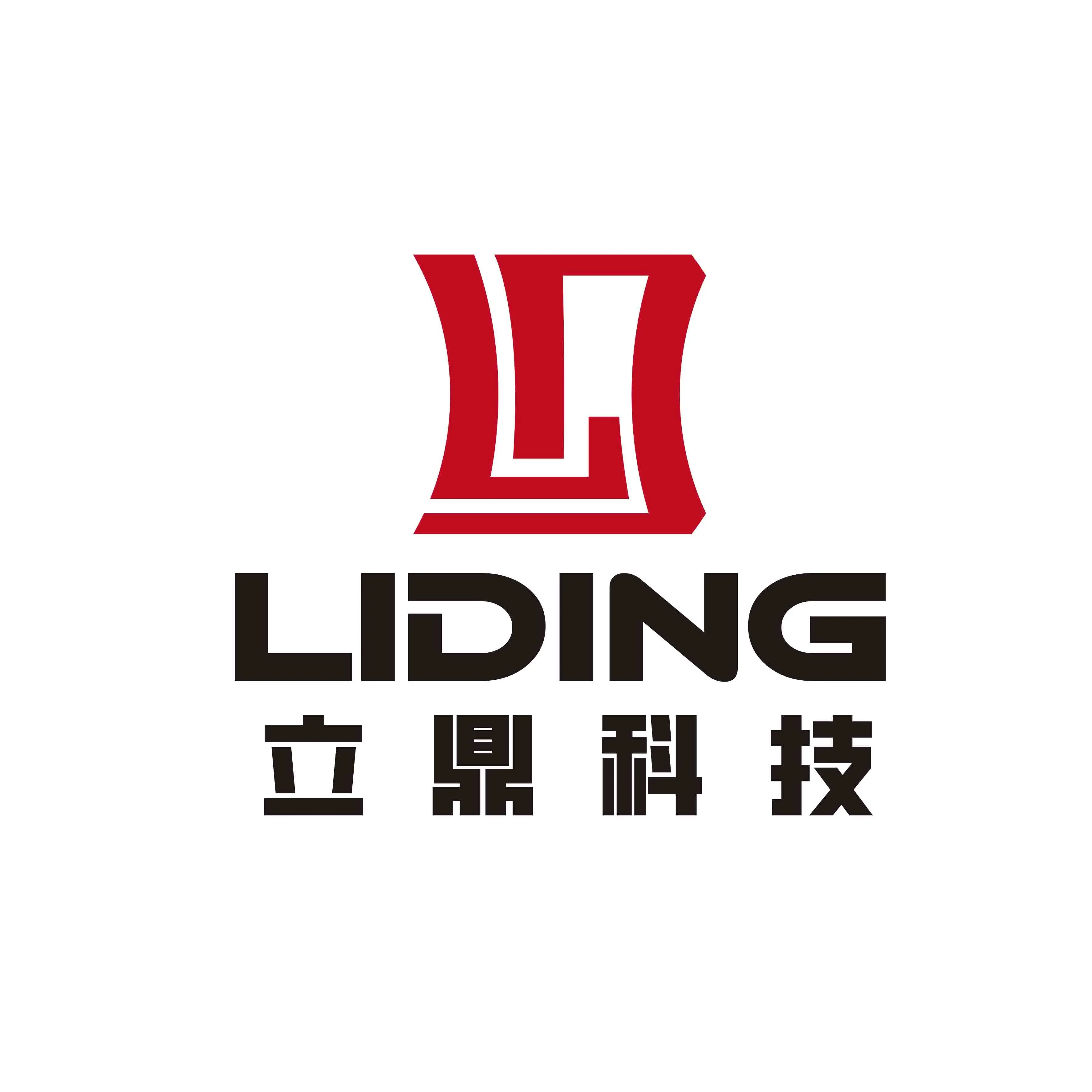Mastering Flange Forming: Techniques And Applications
Looking to enhance your understanding and proficiency in metalworking? Look no further than our comprehensive guide to mastering flange forming techniques and applications. In this article, we cover everything you need to know to become an expert in this essential metal shaping process. Whether you're a novice looking to learn the basics or an experienced professional seeking to refine your skills, our in-depth exploration of flange forming is sure to provide valuable insights and practical tips. Dive into our guide and elevate your metalworking abilities to the next level!
Understanding Flange Forming: Key Concepts and Principles
Flange forming is a crucial process in the manufacturing industry, playing a vital role in various applications such as automotive, aerospace, and construction. In this article, we will delve into the key concepts and principles of flange forming, providing an in-depth understanding of the techniques and applications involved in mastering this important process.

Liding Machine, a leading provider of advanced manufacturing equipment, offers cutting-edge solutions for flange forming. With years of experience and expertise in the industry, Foshan Liding Technology Co., Ltd is dedicated to helping businesses optimize their production processes through innovative flange forming techniques.
Understanding the key concepts of flange forming is essential for achieving superior results in manufacturing. Flange forming involves the process of bending or folding a material to create a flange, which is an extended edge or rim used for strength, stiffness, or attachment. This process requires precision and accuracy to ensure the desired shape and dimensions are achieved. Factors such as material type, thickness, and forming method all play a crucial role in determining the success of the flange forming process.
One of the key principles of flange forming is the selection of the appropriate forming technique. There are various methods available for flange forming, including bending, roll forming, and stamping. Each technique offers unique advantages and is suitable for different applications. The choice of forming technique depends on the specific requirements of the project, such as the material being used, the desired flange shape, and the production volume.
Another important principle of flange forming is understanding the material behavior during the forming process. Different materials exhibit varying levels of elasticity, ductility, and tensile strength, which can impact the forming process. It is crucial to consider the material’s properties and behavior under stress to effectively plan and execute the flange forming process.
Furthermore, mastering the applications of flange forming is essential for maximizing the benefits of this process. Flange forming is widely used in various industries, including the automotive sector for manufacturing vehicle components, the aerospace industry for producing aircraft structures, and the construction sector for fabricating building materials. Understanding the specific applications of flange forming enables manufacturers to efficiently meet the diverse needs of different industries.
In conclusion, mastering flange forming requires a comprehensive understanding of its key concepts and principles. By leveraging the expertise of Foshan Liding Technology Co., Ltd and utilizing advanced flange forming techniques, businesses can achieve superior results in their manufacturing processes. With a focus on precision, reliability, and innovation, Liding Machine offers cutting-edge solutions for flange forming, empowering manufacturers to optimize their production capabilities and meet the evolving demands of the industry.
